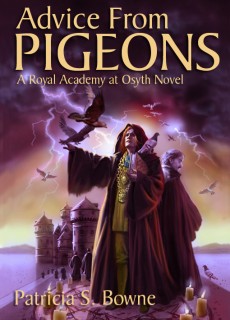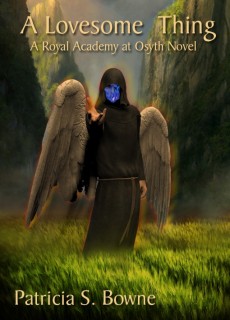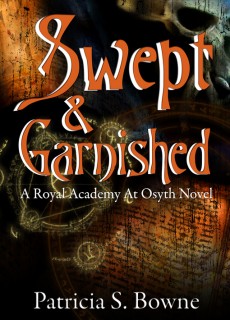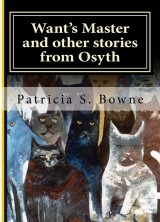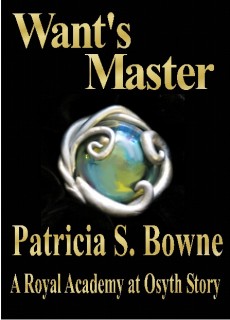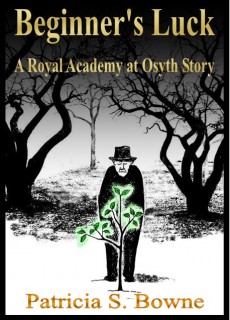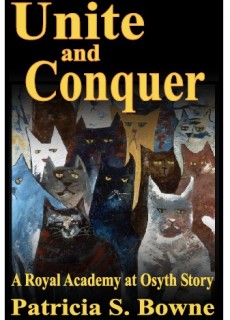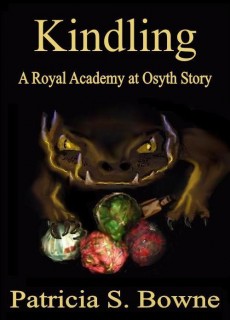NOT meaning I have too much to do. The artistic kind of over-working, where something is touched up with a fine brush until it loses its brio.
I spent my vacation in a seaside town, which meant I got to visit lots of galleries of seaside art, both by amateurs and professionals, and what struck me most was the difference between over-worked art and confident art. Confident art identified the most important aspects of the image and put them on the canvas or paper with skilled, straightforward strokes, left to stand on their own. In over-worked art (like most of my own paintings) you can see where the artist went back and corrected, corrected and corrected again, usually with a too-fine brush. Instead of a shape caught on paper, the painting becomes about the paper itself and those little tiny brushstrokes.
The same thing applies to writing, especially to characters – and most especially to protagonists, and most of all to female protagonists.
I just finished reading a book which I enjoyed a great deal, mainly for its brio. Its dangerous beasts moved so fast you could feel their speed as they slashed open their prey! Its villains struck before you could think, and the consequences were real and drastic. Its settings were blocked out just enough to show their beauty and difference, its secondary characters surprised me in delightful ways… but its female protagonist was over-worked, doubtless in the interest of making her likable.
Villains, dangers, settings and secondary characters are, you see, allowed to be what they are; but female protagonists must be Good and Likable. You can see the teeny tiny brush strokes all over them. Has she considered her own class and how it advantages her? Let’s have somebody give her a little lecture on it. Did she pay any attention to the plight of the servants? Let’s have her future self look back at her attitude with condemnation. Shouldn’t a good woman have tried to get to know the people in that village? Let’s add a subplot in which she realizes they would have benefited from doing so! Did she really kill things to study them? Yes, and her older self will explain why that’s acceptable. Is she sexually liberated? Let’s put in an aside about her prudish editors.
Little by little the woman’s shape is obscured by all this tinkering and improving and what could have been a fascinating character becomes a surface of little brushstrokes, where the author’s attempts to fix what probably never needed fixing are more noticeable than the original idea. So I end this novel not sure if I want to read the sequel, because I really don’t understand who the protagonist is or how she might grow and blossom.
If only she had been put down in broad, confident strokes, allowed to stand on her own and take whatever judgment the reader made!

